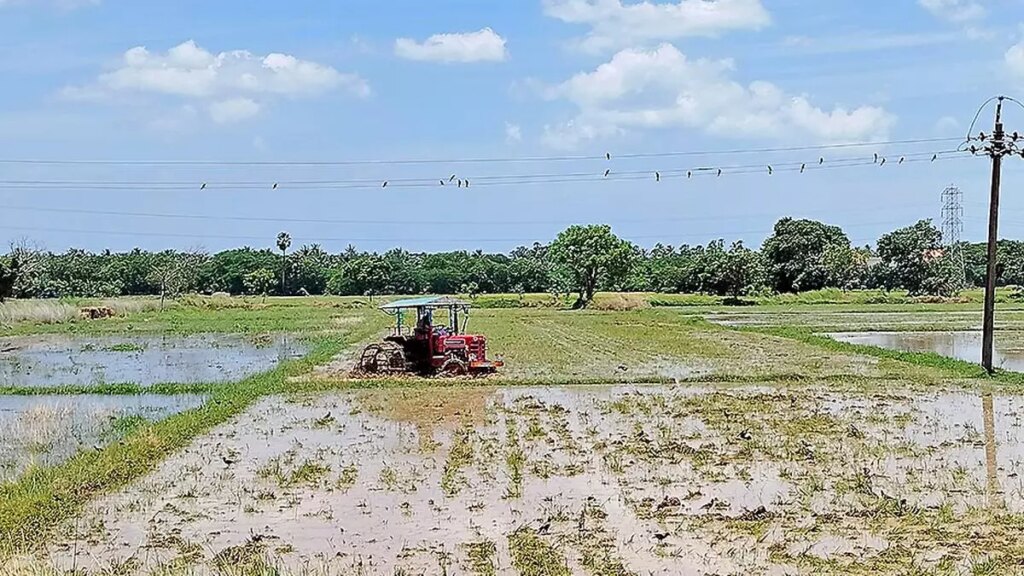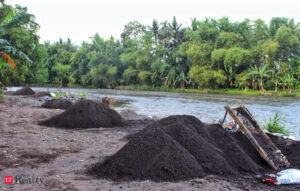Growing rice acreage points to need for PDS reform

The first advance estimates of kharif output have some interesting lessons to offer. As reported recently by this newspaper, there has been a sharp acreage shift in favour of paddy, a development that raises questions about whether efforts to diversify away from rice, wheat and sugarcane are working on the ground.
The broad issues that need to be looked at here are: first, whether increases in minimum support price (MSP) alone can improve acreage and output; second, the role played by climate change in determining crop choices; and finally, the need for reforms in the public distribution system to bring about the desired shift away from rice to millets and pulses. Rice acreage and output have gone up sharply this kharif, by 2.5 million hectares (to 43.37 million hectares) and seven million tonnes, respectively (from 113 million tonnes to about 120 million tonnes). The data for recent years tell us that MSP increases in pulses and millets are not sufficient to achieve crop diversification. Experts observe that a 20 per cent rise in MSP over four crop years till FY24 did not result in favourable acreage changes in the case of tur, urad, groundnut and sunflower. The results have been better in the case of rice, wheat, mustard and soyabean.
Apart from the fact that rice growers are assured of procurement, there seems to be another factor driving the preference for paddy — the availability of climate resilient varieties. Meanwhile, maize has benefited from ethanol demand. Apart from climate concerns, such as untimely rain or the lack of it, kneejerk moves on imports could have deterred sowing decisions in pulses. In the case of urad, a 6.4 per cent rise in MSP for this kharif only resulted in a 23 per cent fall in acreage and an estimated 24 per cent drop in output. While India’s pulses output has achieved a turnaround over eight years on MSP increases, that effect appears to be petering out. Price support does not work on the ground, while late kharif rain too acts as a spoiler.
If pulses and oilseeds output are to come under stress from time to time (kharif output of the latter is expected to rise 6.5 per cent, with groundnut driving the increase), it could add to already persistent food inflation. A slew of steps can be considered to push crop diversification, such as a cash incentive. Price support outside of the MSP system, such as the Price Deficiency Payment Scheme or Bhavantar, with a support price as benchmark, or market intervention operations, can support farmers. But above all, crop diversification could do with a demand boost from the PDS. There are enough reasons to believe that a household of five individuals does not need 25 kg of free grain per month. Instead, with the same level of food subsidy, pulses and oils can be introduced, where they don’t find a place in the PDS already. It is odd that PDS reforms in terms of introducing accountability and transparency have not been accompanied by diversification of the products on offer.








